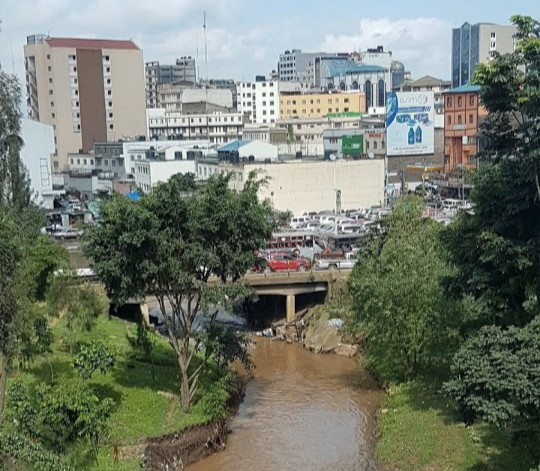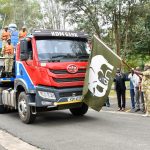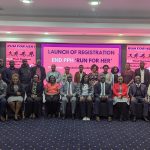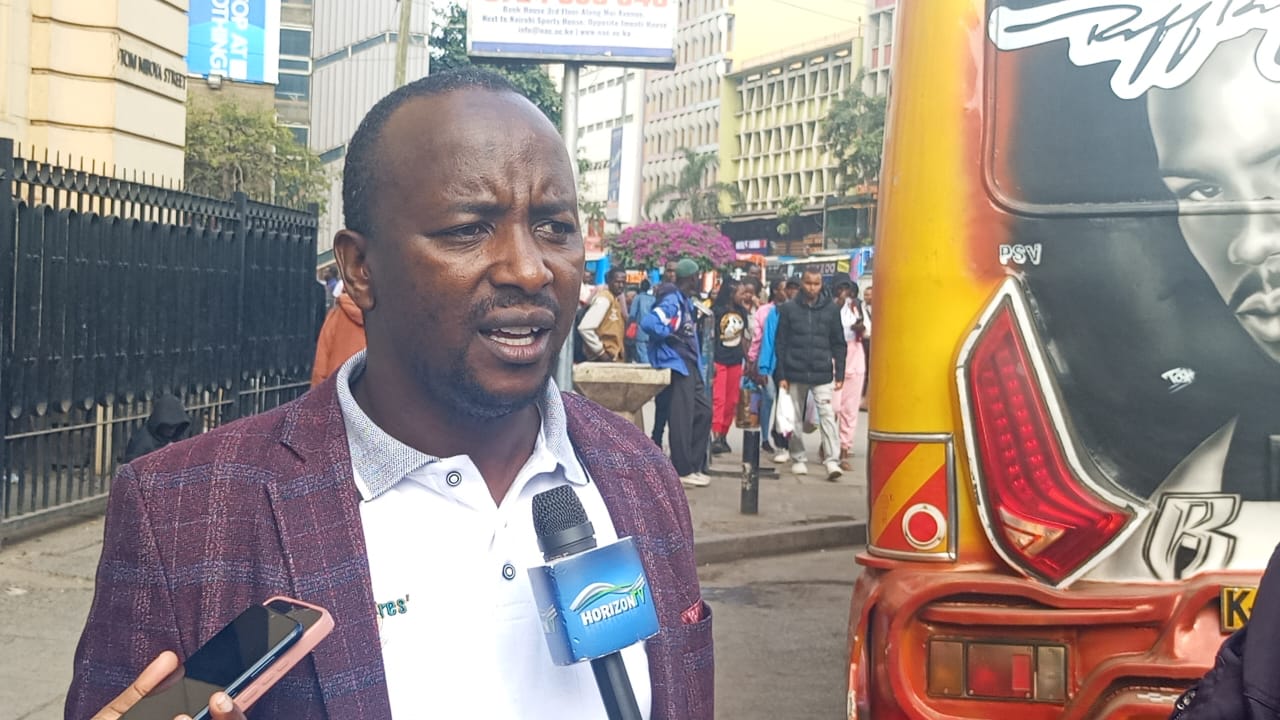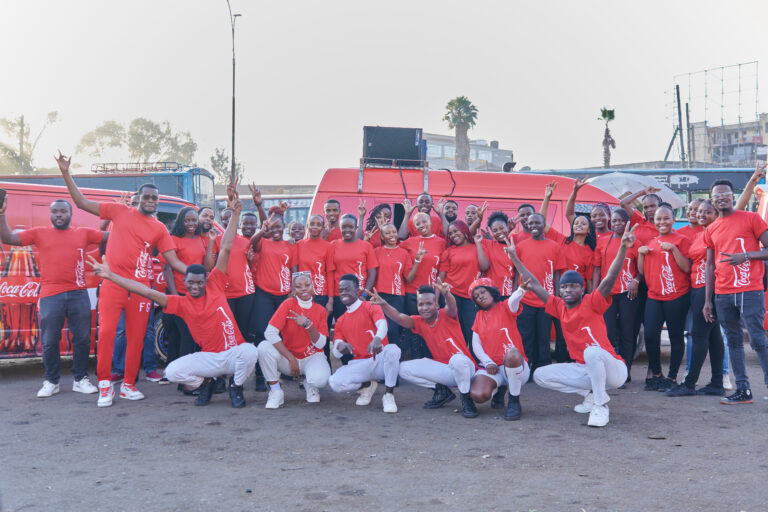By Eddah Waithaka
The government is mobilizing a massive KSh 50 billion offensive to reclaim the Nairobi River from decades of pollution and neglect.
The Nairobi River Regeneration Program, launched by President William Ruto, targets a 27.2-kilometer stretch of the river and its tributaries, aiming to transform the toxic waterway into a clean, green spine for the city.
The program leverages a powerful legal instrument, designating the entire river corridor a Special Planning Area (SPA).
This status empowers a unified authority to cut through bureaucratic red tape, harmonize conflicting land laws, and enforce a single, integrated vision for the river’s future.
“We are not just cleaning a river; we are reengineering the city’s relationship with its environment,” said Rtd. Brigadier Joseph Muracia, CEO of the Nairobi Rivers Commission, the agency leading the charge.
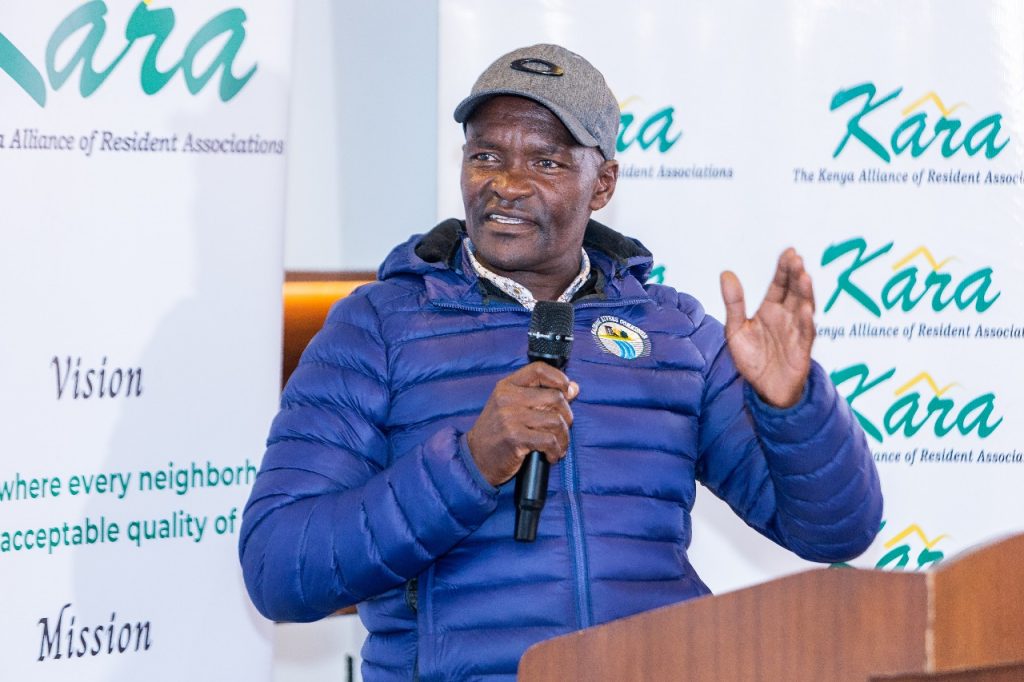
The Nairobi River Regeneration Program outlines a concrete vision for 2027, built upon five core pillars designed to fundamentally transform the city. Crews are already deploying to tackle the river’s toxic burden head-on.
The program will construct 60 km of new trunk sewers to intercept raw waste, massively expand the Kariobangi Wastewater Treatment Plant, and launch a major decontamination project at the Dandora dumpsite.
This multi-pronged attack aims to eliminate up to 90% of all pollution discharge points. Simultaneously, teams are reclaiming a 45-meter buffer on each bank, planting native trees and engineering naturalized, flood-resistant riverbanks to restore the ecosystem.
In a direct address to the fears of riverside communities, the plan pledges to build inclusivity, not displacement. It will deliver 10,000 affordable housing units and modern markets for 20,000 traders, directly replacing vulnerable, flood-prone shanties in areas like Mathare and Dandora.
“This SPA will become a national model for equitable regeneration,” said Arch. Mumo Musuva, Commissioner of the Nairobi Rivers Commission.
“We are uplifting residents, not displacing them. Any relocation will follow strict, lawful protocols with resettlement and compensation.”
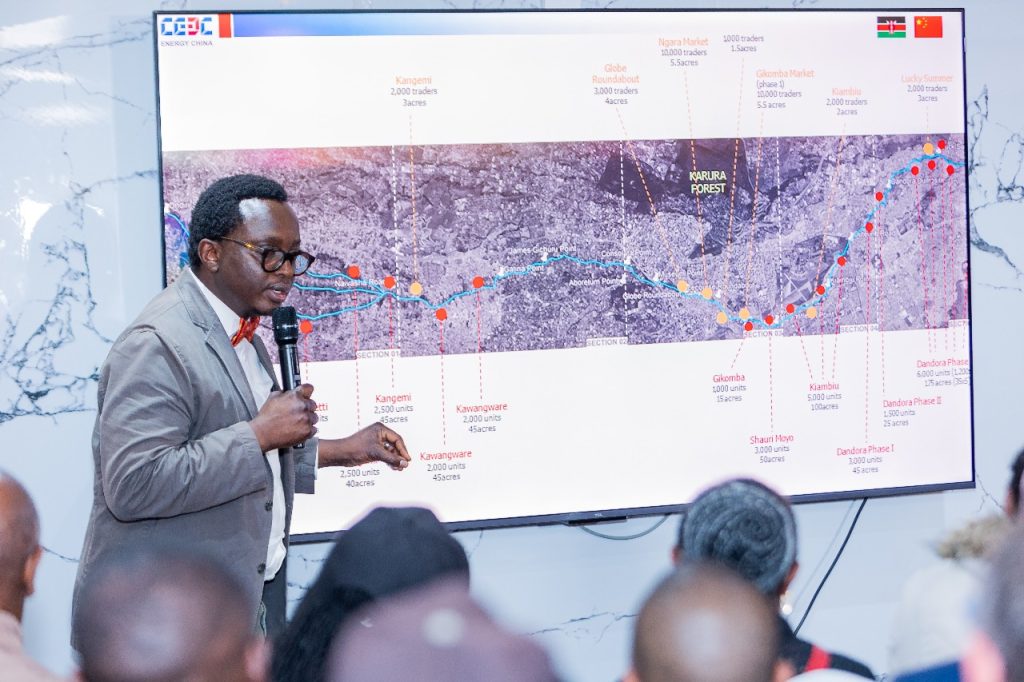
The project will then stitch the city together with a continuous 27.2 km green corridor for all. A five-meter-wide path for pedestrians and cyclists will run from Ondiri to Ruai, safely separating people from traffic.
This green connector will be lined with new riverfront parks, community centers, and urban farms specifically designed to promote healthier lifestyles and reduce disease.
Underpinning every action is a mandate for operating with radical transparency. A two-year participatory planning process, grounded in the Physical and Land Use Planning Act, is now actively underway.
The program is using town halls, radio campaigns, and public forums to weave community input directly into the final Integrated Development Plan, ensuring the blueprint reflects the people’s needs.
Finally, the program is engineering long-term climate resilience. Planners are using advanced GIS mapping and hydrological modeling to guide intelligent flood mitigation and sustainable land use, aiming to slash flood-related displacements by over 50%.
While the project faces immense challenges, from undoing decades of pollution to earning the trust of wary communities, officials frame this bold offensive as a critical investment in the city’s future.
“The river has always mirrored the soul of our capital,” said Henry Ochieng, CEO of the Kenya Alliance of Resident Associations (KARA).
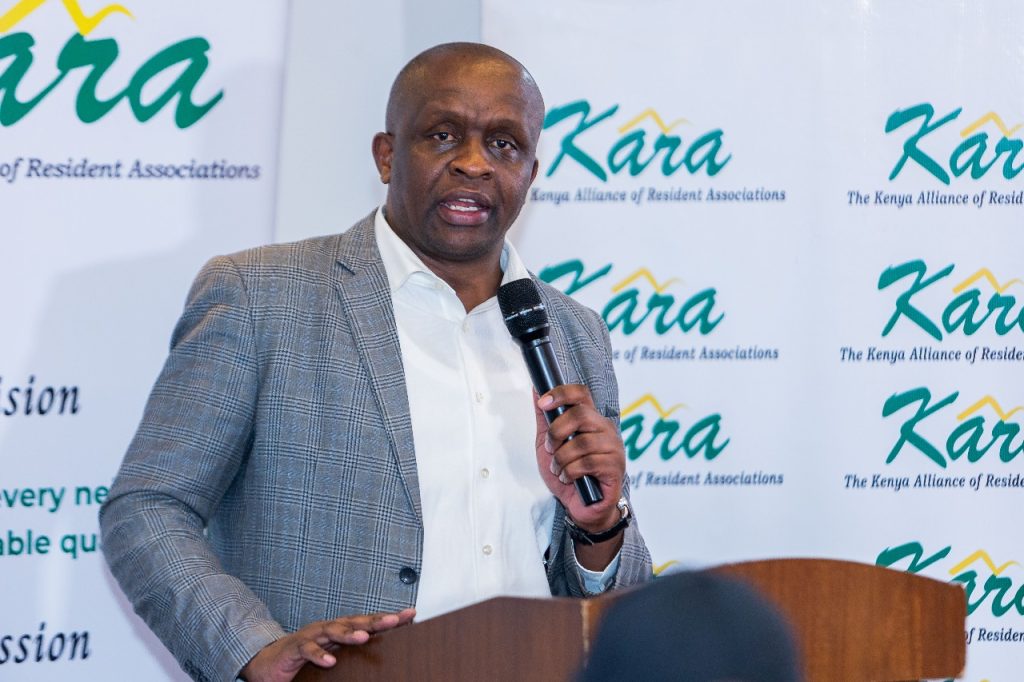
“This is our chance to show a new reflection, one of resilience, equity, and collective purpose.”The success of the ambitious plan now hinges on its execution, with a watching public waiting to see if the waters will finally run clean.



